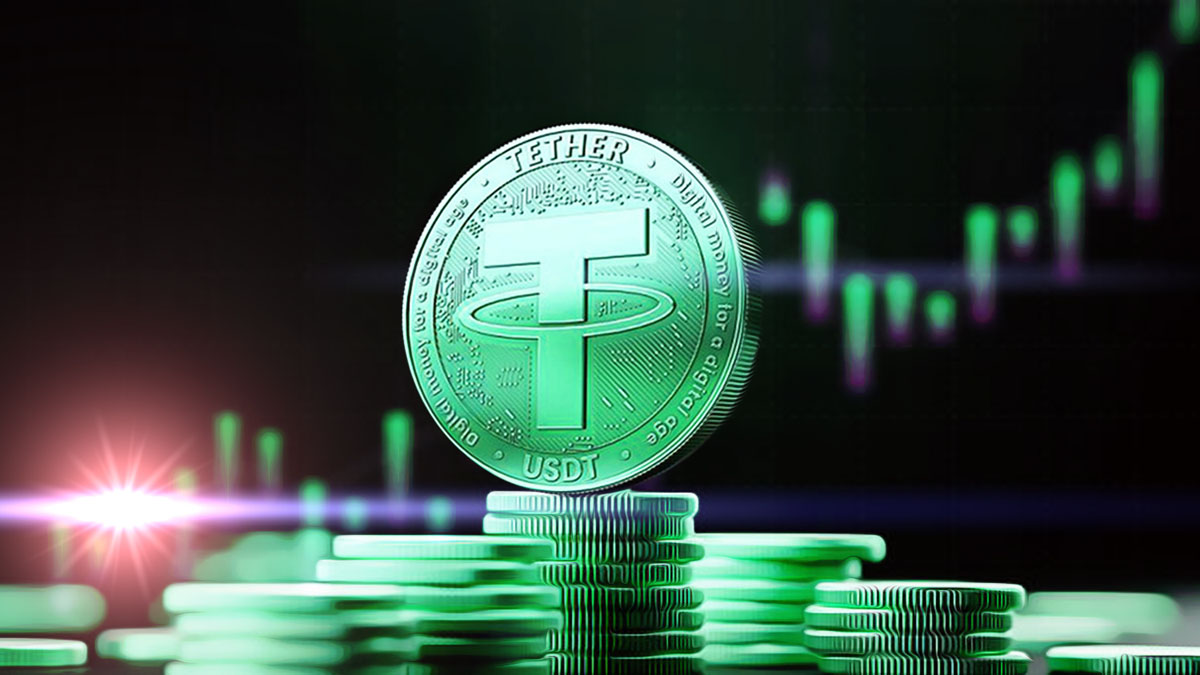Quantoz, a Dutch fintech firm, has unveiled two new stablecoins, EURQ and USDQ, adhering to MiCA regulations with backing from Tether‘s technology. This initiative aims to modernize financial transactions across Europe by providing stablecoins pegged to the Euro and US Dollar, thereby offering an alternative payment solution that emphasizes efficiency and transparency. With partnerships from Tether, Kraken, and Fabric Ventures, Quantoz is establishing its presence in the competitive European stablecoin landscape.
What is MiCA Compliance?
According to Paolo Ardoino, Tether’s CEO, these newly launched stablecoins utilize the Hadron platform, ensuring compliance with European regulations while aiming to streamline payment processes. Quantoz’s focus on regulatory adherence underscores its commitment to enhancing the financial transaction experience in Europe.
Investments from Tether aim to create safer, regulated digital asset environments.
Furthermore, Quantoz is actively forging partnerships with leading stablecoin companies to bolster its market presence. Recently, Ripple Labs entered a partnership with Societe Generale-Forge to integrate a new stablecoin, highlighting the growing importance of stablecoins in the evolving financial ecosystem.
How Does the Hadron Platform Work?
The Hadron platform offers a robust and compliant solution for tokenizing real-world assets, equipped with essential compliance tools such as KYC and AML features. Additionally, it incorporates risk management and market monitoring capabilities, facilitating the secure management and issuance of digital assets.
The introduction of EURQ and USDQ could significantly enhance their use in everyday financial interactions. Built on Tether’s Hadron platform, these stablecoins are poised to facilitate quicker and more transparent transactions throughout Europe. Their launch represents a critical advancement for the digital economy and efforts toward greater financial inclusion.












